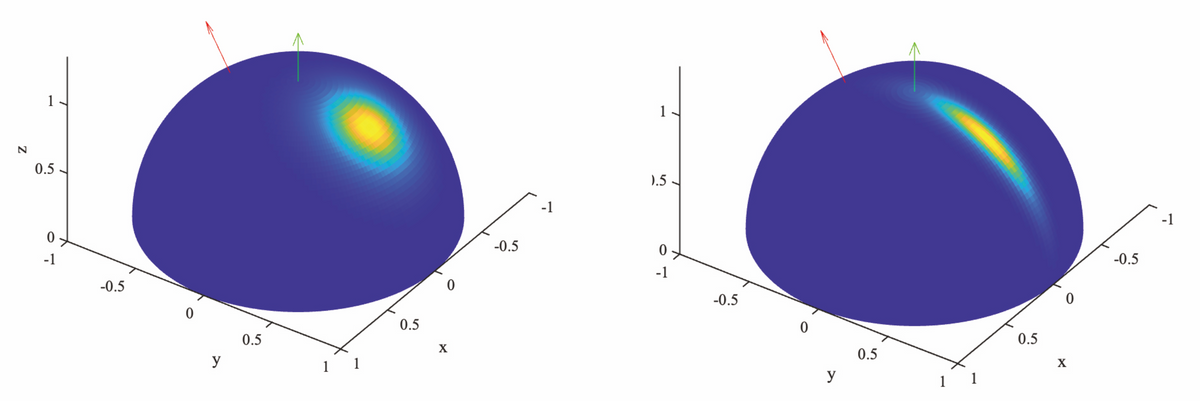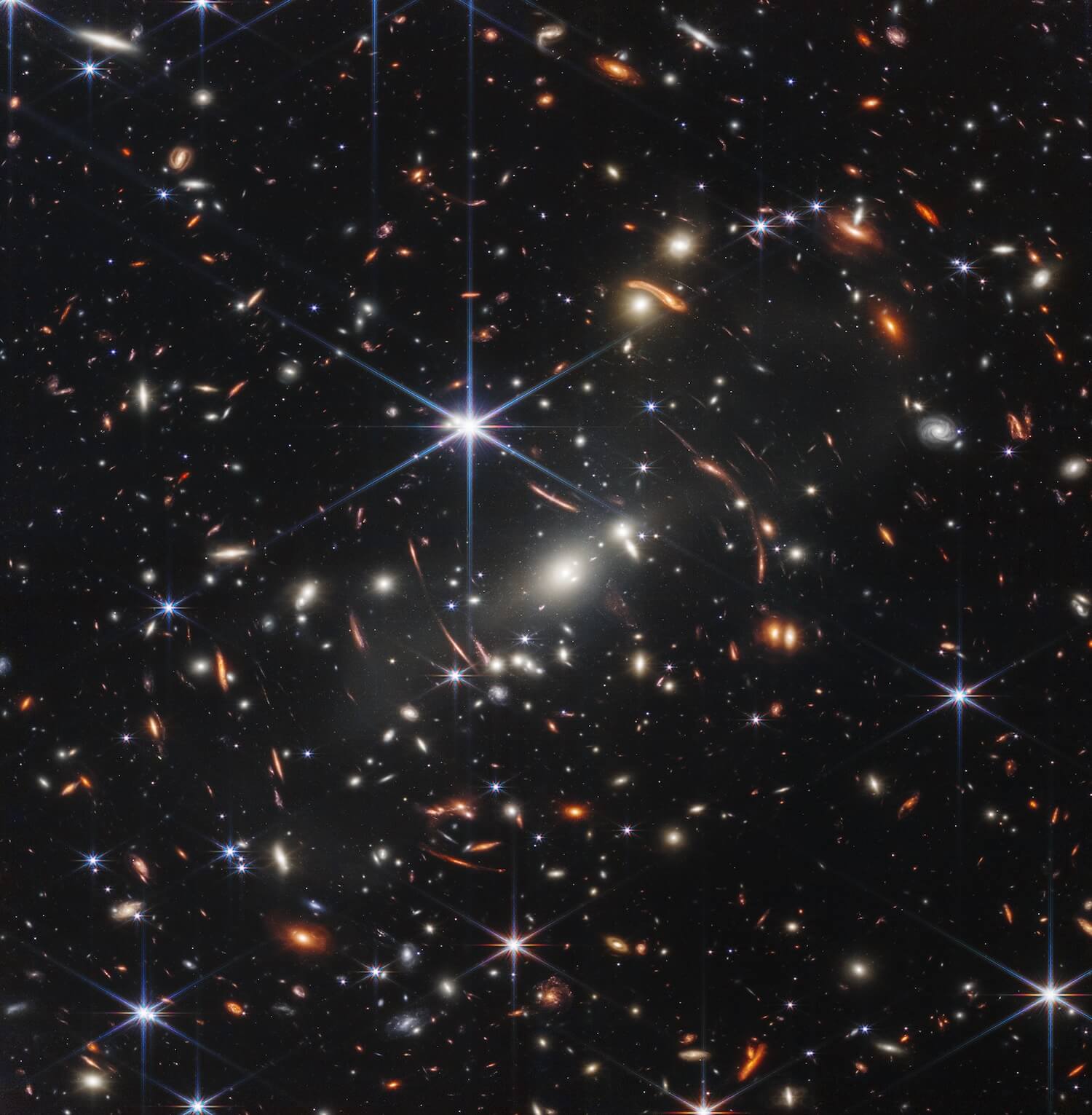Hi-Fi SRP
Analytical Approximation of High-Fidelity Solar Radiation Pressure

Isotropic reflection distribution (left) and anisotropic reflection distribution (right)
Solar Radiation Pressure (SRP) is a force generated by the reflection of solar light (photons) colliding with and reflecting off the surface of a spacecraft. Although traditionally treated as a disturbance, research on actively utilizing SRP has increased due to the advancement of missions. For example, spacecraft such as solar sails use a thin, large membrane to deploy and utilize SRP as the primary propulsion force. In addition, deep space probes such as Hayabusa2 use SRP for attitude stabilization.
As mentioned earlier, since SRP is a force generated by the collision and reflection of light, the direction and magnitude of the force changes depending on the reflection distribution. Therefore, using a reflection distribution that accurately represents the physical phenomenon is important for calculating SRP and controlling spacecraft that utilize SRP. Although SRP based on a simple reflection model has been used, actual reflection phenomena are complex and have anisotropic reflection characteristics (right figure) in addition to isotropic reflection (left figure), depending on the material. Although such reflection models exist, there is a problem that analytical SRP calculation cannot be performed when applying them to SRP. Therefore, we applied a reflection model that is closer to the actual physical phenomenon to SRP, and derived an approximate analytical solution for SRP [1]. This makes it possible to explicitly incorporate SRP into the control laws of spacecraft that utilize SRP, contributing to high-precision orbit and attitude control.
Attitude Dynamics and Stability Analysis
We are researching how the attitude stability changes from the conventional SRP model by using the high-fidelity SRP mentioned above [2]. It is known that the attitude can passively follow the direction of the sun (sun-pointing) by using the SRP torque generated by SRP. However, since this attitude stability depends on the surface characteristics such as the reflectivity of the spacecraft, it may become an unstable state that diverges from the sun-pointing attitude depending on the surface characteristics. Therefore, by analyzing the change in stability margin using the high-fidelity SRP, we aim to clarify more detailed stability conditions and equilibrium point attitudes.
keywords: solar radiation pressure, BRDF
refs.
